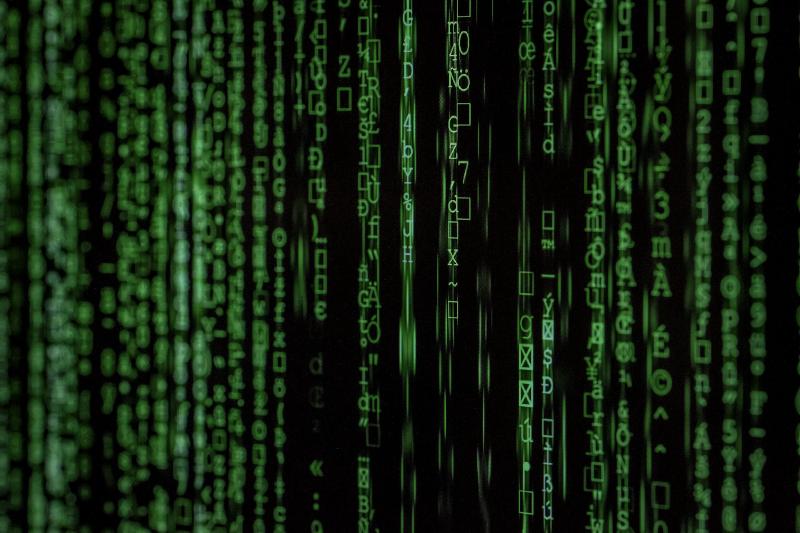What’s Changing?

Quantum computers will break the cryptographic algorithms that protect today’s digital infrastructure. RSA, ECDSA, and traditional key exchange mechanisms will become vulnerable, exposing encrypted communications, stored data, and digital signatures to attack.
The National Institute of Standards and Technology (NIST) of the United States (US) has finalized quantum-resistant cryptographic standards (FIPS 203, 204, 205), and organizations must begin transitioning now, before quantum computers reach cryptographic relevance.
PQC Transition Timeline
The transition to quantum-resistant cryptography is a multi-year journey with key milestones that organizations must prepare for now.
- 2024
- Standards Published
- NIST publishes finalized PQC standards (FIPS 203, 204, 205) for quantum-resistant algorithms.
- Standards Published
- 2025-2027
- Early Adoption Phase
- Pilot deployments, hybrid implementations, and vendor readiness assessments begin across industries.
- Early Adoption Phase
- 2028-2030
- Mandatory Transition Period
- Industry and regulatory mandates require PQC adoption for critical systems and sensitive data.
- Mandatory Transition Period
- 2035+
- Quantum Threat Horizon
- Cryptographically Relevant Quantum Computers (CRQC) pose realistic threat to legacy algorithms.
- Quantum Threat Horizon
Key Challenges
Why This Matters Now
The “Harvest Now, Decrypt Later” threat means adversaries are already collecting encrypted data to decrypt once quantum computers become powerful enough. This makes PQC an urgent concern, not a distant future problem.
Organizations need 10+ years to complete a full PQC transition across their entire cryptographic estate, making strategic planning essential today.
